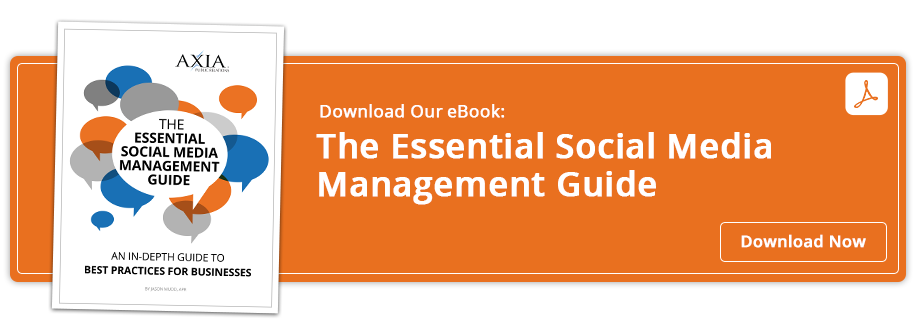This is one story on the value of blogging. Read how 5 reasons blogging is important, Why blogging is worth it, 4 ways blogging can improve your PR efforts, 3 overlooked reasons to blog, and Why you should care about blogging for more.
Effective marketing tools that educate and inform your prospects

Your phone rings just as you’re heading to lunch. Your automatic reaction is to answer it. Ten minutes later, you’re finally hanging up the phone feeling frustrated and hungry as a result of the unsolicited call. You might wonder if there’s a better way for your company to reach prospects without angering them. Luckily, there is!
Inbound marketing is based on the idea that you don’t have to interrupt someone to inform them about your company. That’s right: no cold calling – because nobody really likes it anyway. Instead, inbound focuses on providing education for people – whether those people are current prospects, current clients or future clients.
The inbound methodology moves prospective clients along various stages of the buyer’s journey until they become a customer using these four steps:
- Attract.
- Convert.
- Close.
- Delight.
Inbound looks at the marketing strategy from the perspective of consumers. Are they really going to sit through another commercial on some product they don’t care about? Probably not. They might, however, be willing to hear about it if it’s mentioned in a story that provides them with information they need.
Blogging
One of the most popular ways to use inbound marketing to reach or attract consumers is through blogging. With blogging, you can easily address common questions that people ask regarding your industry. How many times have you searched something in Google and found your answer on a company blog? Blogging establishes your business as a thought-leader. Even if the topic you’re addressing doesn’t include a product or service you personally provide, you’re driving traffic to your site and gaining brand recognition.
Blogging is a great way to provide information that the public really cares about and one of the main tactics of the “attract” step. It’s how your potential customers find your site. You’re not selling your product or service to them – you're helping them out, which is something they’ll remember.
Calls to action
Every good blog should end with a call to action (CTA). A CTA is a few sentences that suggest a next step for your reader. For example, if your blog post is about social media, you would end with a CTA linking to a social media consultation that your company provides.
Axia Public Relations always includes a CTA at the end of blog posts so readers have an actionable task when they finish the post. Blogging in conjunction with CTAs is an important step in the inbound marketing process. It’s important to note, however, that you’re not finished there.
Axia partners with HubSpot, a company that creates software to help companies use inbound marketing to close new customers. Inbound marketing is a proven way of getting people on your website and eventually turning them into customers. Axia has used this education-based marketing method successfully for years and is able to create relevant and consistent content that makes both its own clients and the clients’ customers happy. Don’t let your company get stuck in the ineffective mode of cold calling. Implement inbound marketing today by seeing a HubSpot tour and setting up a demo.
Macey Wilson is a senior at the University of Florida majoring in public relations and minoring in theatre. This fall she will serve as vice president of public relations for PRSSA as well as work as an account executive for The Agency at UF. She will also be the director of special events for Florida Players, a student-run theater company. Follow her on Twitter @MaceyPWilson.
Featured image credit: peshkova / 123RF Stock Photo
Topics: public relations, online public relations, blog, inbound marketing


Comment on This Article